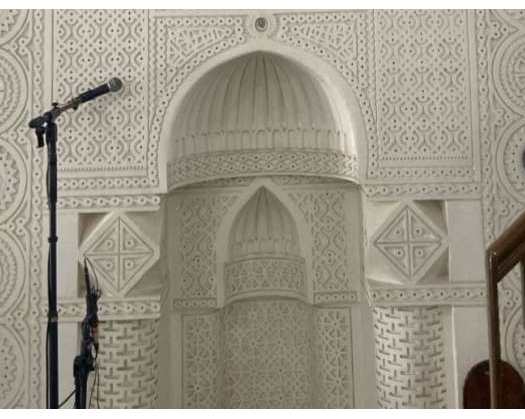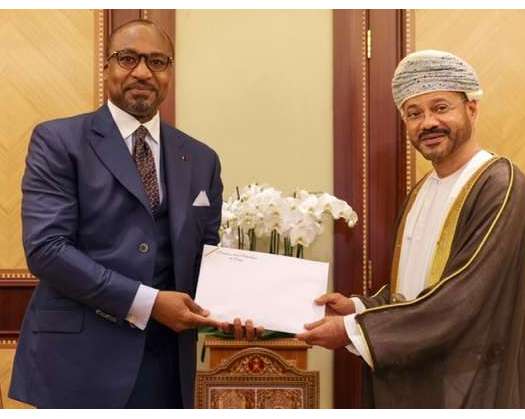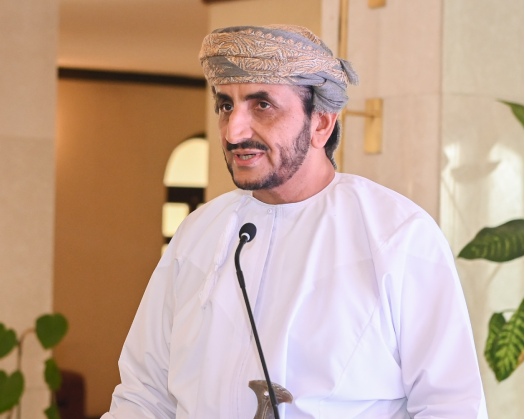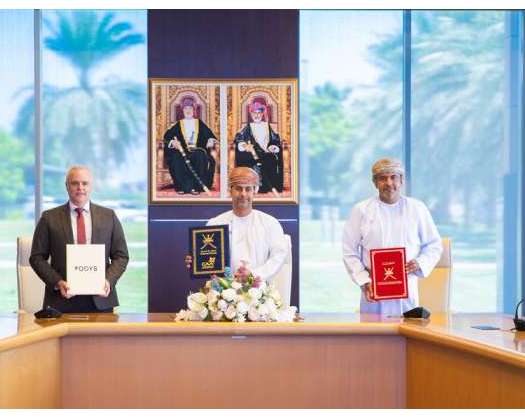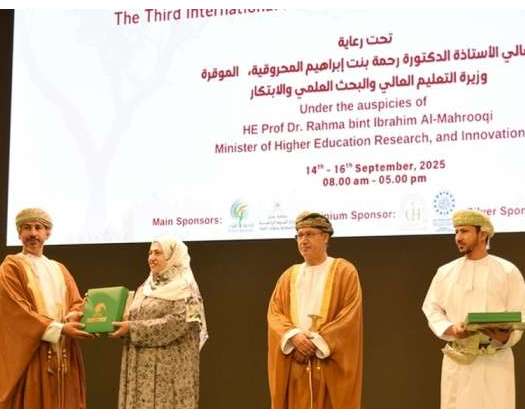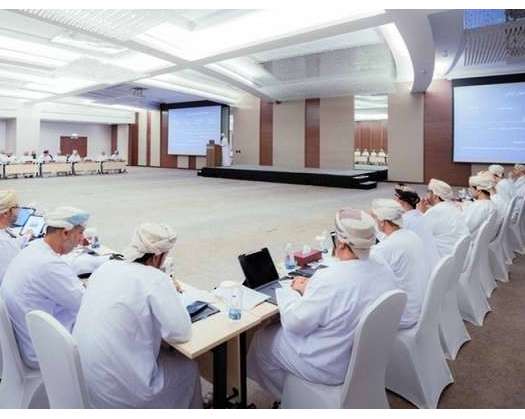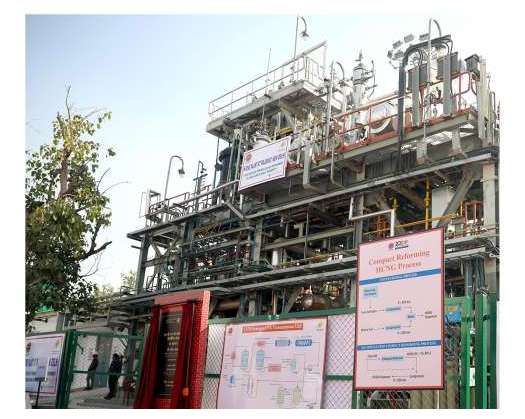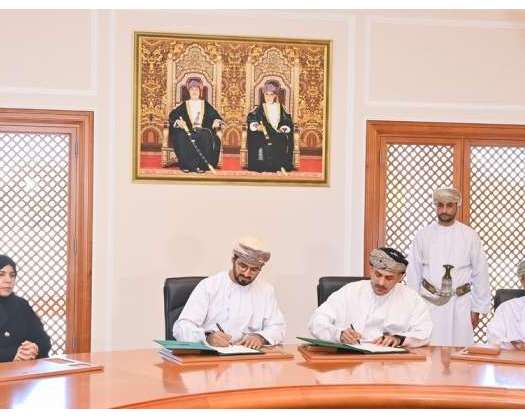Muscat: The Al Alya Mosque in Rustaq Wilayat, South Al Batinah Governorate, is one of the most important religious and historical sites in the Sultanate of Oman. Its spiritual, scientific, and architectural significance reflects the depth of Islamic cultural heritage for which the Wilayat has been renowned for ages.
The mosque was built during the reign of Imam Nasser bin Murshid Al Ya'arubi in the seventeenth century AD.
The mosque is situated in the center of Al Alya hamlet, around 800 meters from Rustaq Fort. Its central position serves Al Alya residents for worship and social events. It was constructed on land roughly 6 meters above the falaj channel and is surrounded by numerous orchards, some of which are endowments, such as the Furod orchard to the south and the Jahal orchard to the east, indicating the mosque's economic and social significance in its surrounding area.
Engineer Ahmed bin Saif bin Khamis Al Mazrouei, one of the administrators of the Al Alya Mosque endowment in Rustaq, stated that the mosque has major endowment assets, including 47 water features in the Al Maysar Falaj, estimated to be around OMR 94,000, as well as orchards with more than 553 palm trees and prayer niches, estimated to be worth approximately OMR 166,000.
Al Mazrouei stated that the mosque had previously been utilized to distribute zakat and food supplies to the village's beneficiaries during festivities such as Eid al-Fitr and Eid al-Adha. It also hosted weddings and funerals until just lately, when it was relocated to Alaya Sabla.
The mosque hosted meetings of influential people to discuss village affairs. It was also a popular destination for imams and governors, where reconciliation and adjudication meetings were held. A specific area was also set aside for supplying drinking water through a series of jahals (clay containers) filled with AlMaysar Falaj water and hung in their designated locations.
Engineer Al Mazrouei stressed that the mosque serves as both a place of worship and a vibrant educational and social community. A number of scholars and sheikhs studied there, most notably Sheikh Suleiman bin Abdullah AlLuwaihi, highlighting its historical position as a pioneering educational and community institution in the Wilayat of Rustaq.
The mosque's dimensions are 21 meters in length and 12 meters in width. It has ten columns, which are divided into six longitudinal lanes and three transverse lanes. A central hall measuring 4 by 3. 5 meters is situated beneath it and was formerly used for ablution and heating. It is possible that there was a well beneath, connected to a drainage system that led to the falaj canal.
The mosque's mihrab is 2 meters wide and 4 meters high. It has simple, stunning decorations, with the Shahada (the two declarations of faith) engraved on multiple levels. The mihrab was expanded throughout recent repairs, giving the mosque a unique visual appeal. The mosque formerly had three entrances: two on the east side and one on the north. However, once Friday prayers were sanctioned, a new entrance was built on the south side for the preacher and persons with disabilities to access. The northern door was locked.
The mosque has a classic vertical stairway constructed of alalan wood that is 6 meters tall and set into the mosque's walls. This staircase has been in situ since its building. The mosque also has a 15-meter-long, 12-meter-wide structure that formerly housed students, as well as a storage room for mosque supplies, a drinking water supply station for worshippers and passersby, and a storage area for mosque supplies.

